
14 minute read
AIR FORCE SPECIAL OPERATIONS COMMAND (AFSOC)
New Strategic Guidance Directs AFSOC’s Future
BY SCOTT R. GOURLEY
As with other service components within U.S. Special Operations Command, Air Force Special Operations Command (AFSOC) is embracing a new generation of strategic guidance that will help to transition the command’s unique capabilities to address the new and evolving challenges of the next five to 15 years and beyond.
FOUNDATION FOR THE FUTURE
Released in March 2020, the updated AFSOC Strategic Guidance outlines what AFSOC Commander Lt. Gen. James “Jim” Slife sees as “The AFSOC We Will Need” in the future.
Noting that AFSOC “evolved from a specialized crisis and contingency response force, optimized for episodic theater engagement, to the force of today, driven by the need to counter global violent extremist threats in the aftermath of September 11th, 2001,” the command guidance document explains that AFSOC answered the call and adapted where necessary, “resulting in a force largely optimized to continually rotate – at high operational tempo – into combat for years at a time to counter and defeat non-state threats while remaining prepared for crisis response. “However, the price for adopting this model was paid in full-spectrum readiness,” it cautions. “Now the strategic, fiscal, technological, and policy landscapes are shifting and the ‘AFSOC We Needed’ is no longer the ‘AFSOC We Will Need.’ Like the rest of the Department of Defense, Air Force Special Operations Command stands at a strategic inflection point. The reemergence of great power competition, tightening fiscal constraints, and the accelerating rate of technological change demand significant adjustments to transform AFSOC to ensure we are ready to successfully operate in this new environment.”

U.S. Air Force Special Tactics operators move to clear an objective during exercise Southern Strike 2020, in Fort Morgan, Alabama, Feb. 6, 2020. Southern Strike is a large-scale, joint and international combat exercise, which features counter insurgency, close air support, en-route casualty care, noncombatant evacuation, and maritime special operations.
U.S. AIR FORCE PHOTO BY MASTER SGT. JASON ROBERTSON
The publication outlines a military evolution over several decades that established special operations forces as “a key element of the joint force; often supporting, occasionally supported.”
It asserts that, since Sept. 11, special operations forces (SOF) became largely a supported force, adding, “However, AFSOC cannot assume the historical anomaly of being a supported force with a near-singular focus on countering violent extremist organizations (C-VEO) will persist. Accordingly, we must develop and provide unique capabilities valuable to the broader joint force while remaining an integral part of the joint SOF team.”

That foundation builds to a problem statement of how AFSOC will need to transform to conduct competitive activities and prepare for combat against peer and near-peer adversaries while still remaining decisively engaged in the C-VEO fight.
“AFSOC must orient to great power competition and – if necessary – conflict while finding efficiencies to optimize the C-VEO effort,” the guidance states. “Meanwhile, we will divest of capabilities with uncertain value propositions or high cost-to-benefit ratios while focusing investment in capabilities only AFSOC can provide the joint force.”
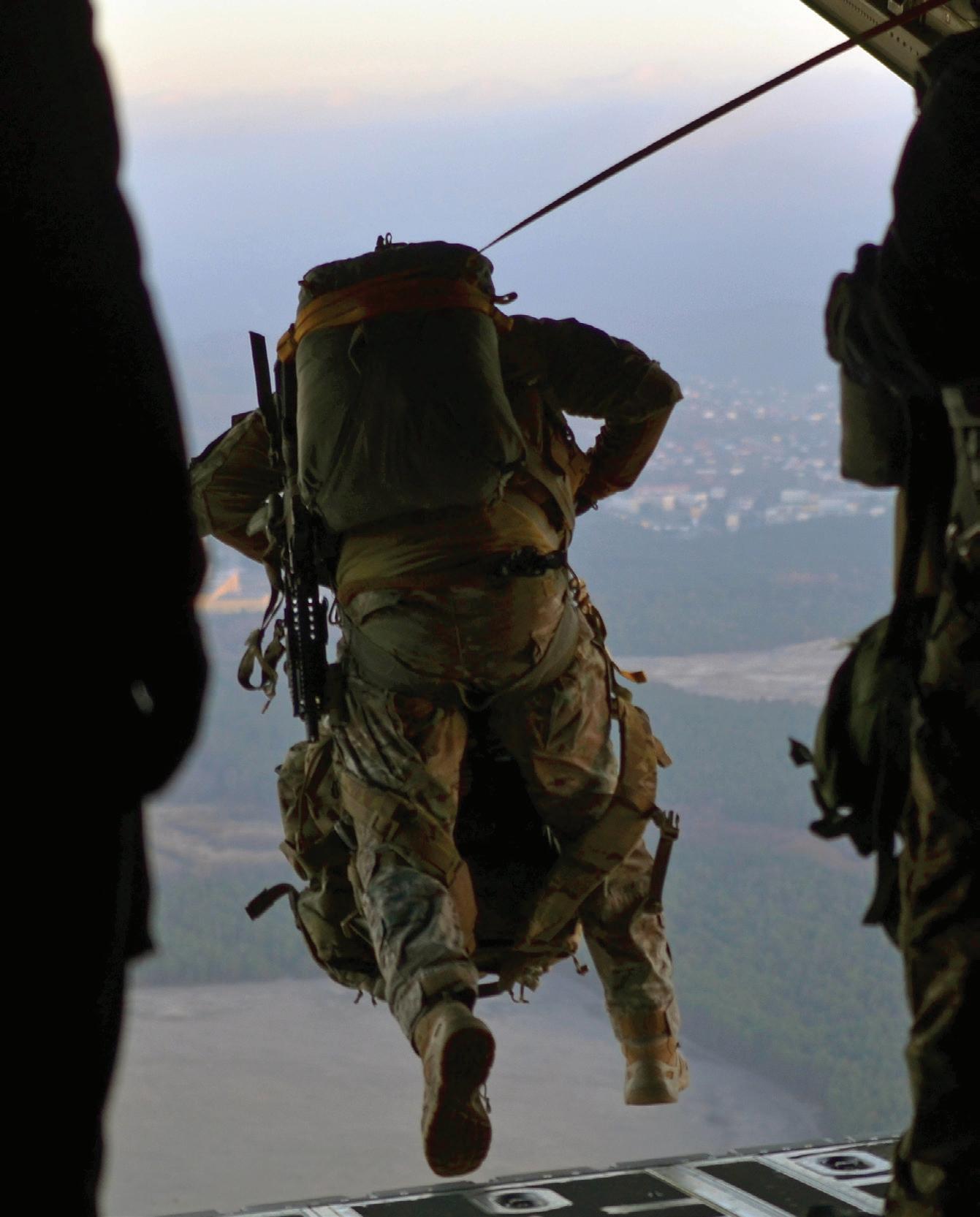
A combat controller from U.S. Air Force Special Operations Command’s 321st Special Tactics Squadron, assigned to the 352nd Special Operations Wing in England, steps out of an MC-130J during a culmination exercise near Krakow on Dec. 5, 2018. The jump was one event of a two-month long joint training exercise to show members of the Polish Special Operations Combat Control Team how U.S. SOF conduct special operations air-land integration.
AFSOC COURTESY PHOTO
As such, it says that the “AFSOC We Will Need” will organize, train, equip, validate, and deploy forces ready to: generate advantage in competition short of armed conflict; enable the joint force to win in armed conflict; execute efficient operations to counter violent extremist organizations; and respond to crisis.
“AFSOC will continue to deploy forces executing prioritized global C-VEO operations and posture for crisis response with our joint partners and allies,” it says. “However, AFSOC will also provide unique value to the broader joint force in competition and conflict. We will adapt many of the skills our Airmen honed in the C-VEO fight to competitive activities in areas where our adversaries act through proxies and employ unconventional tactics.”
Commonly known as “The Gray Zone” between peace and traditional war, the AFSOC Strategic Guidance references “competition below the threshold of armed conflict,” noting that SOF’s ability to operate with low visibility and scalable attribution means that Air Force Special Operations Forces (AFSOF) “can create uncertainty and induce friction into our adversaries’ decisionmaking cycles with lowered risk of escalation. Likewise, with unique access and placement, SOF can provide information vital to our policy makers by revealing an adversary’s malign actions in areas where traditional access is unavailable. This capability will strengthen relationships with our partners as well as expand the joint force’s competitive advantage and freedom of action. AFSOF will also prepare the environment and illuminate threats to develop understanding for the joint force should competition escalate to armed conflict.”
If global situations should transition to armed conflict, it credits AFSOC with generating “specialized combat power to produce advantages for the joint force as well as our allies and partners,” through actions like employing “low-visibility capabilities to identify high-value targets in denied areas and contribute to the joint force’s ability to link those targets with desired effects,” leveraging “its access and placement to provide organic all-domain fires to open windows of opportunity the joint force can then exploit with mass,” and providing the joint force with “unique options to impose costs and hold adversaries at risk outside immediate conflict zones with a comparatively low risk of horizontal escalation.”
The commander’s strategic guidance emphasizes the guiding principle that “AFSOC’s human capital is our competitive advantage,” acknowledging that the approach “will have effects across the active duty, Reserve, and National Guard elements” of the command.
“Fundamentally, this is a call for change which will challenge the assumptions cemented by nearly 20 years of C-VEO operations, drive difficult decisions, and induce short-term turbulence to ensure long-term success,” it states.
FOCUS AREAS
Execution of the strategic guidance involves three command focus areas: developing human capital to enable AFSOC airmen to maximize their potential; organizing to ensure that human capital is ready for full-spectrum operations from the lowest tactical level to the theater-wide operational level; and equipping the human capital with the concepts and technology to compete and win.
Those three command responsibilities – developing, organizing, and equipping AFSOC’s human capital – provide the key foundational pillars for the future vision.
The commander’s guidance on development of the human capital opens with a leadership and accountability assessment that describes AFSOC culture as “healthy,” elaborating, “We are Airmen first and foremost, with expertise in special operations and firmly grounded in the Air Force core values of Integrity First, Service Before Self, and Excellence in All We Do. As a command, we are most effective in both our roles – as an Air Force major command and a SOCOM [Special Operations Command] service component – when we are closest to our parent service.”
It also credits the AFSOC qualities of “disciplined professionals, biased for independent initiative, with deep technical expertise in their specialties,” with enabling operations “across a spectrum, ranging from intense, but routinized, armed conflict to great power competition, where operating as small teams in ambiguous environments with potential for great diplomatic and political consequences may be the norm.”
Elaborating, it adds, “Our initiative must include the wherewithal to demonstrate strategic patience and – when necessary – restraint, ensuring the unique capabilities we provide are effective while also preserving the command’s credibility.”
It summarizes the underlying characteristics of AFSOC’s human capital as serving the command, the Department of Defense, and the nation well “in the future operating environment where our teams will face contested connectivity to higher echelons and will be expected to operate with minimal guidance and great latitude.”

A U.S. Air Force MC-130H Combat Talon II from the 15th Special Operations Squadron, Hurlburt Field, Florida, conducts rapid infiltration flight operations for training as part of Exercise Emerald Warrior 19, Jan. 16, 2019.
U.S. AIR FORCE PHOTO BY TECH. SGT. GREGORY BROOK
Preparation for this environment will feature the expanded development of AFSOC’s leaders and airmen at all levels, as well as the additional creation of “pathways for core AFSOC officers and NCOs [noncommissioned officers] to develop along deliberate tracks ranging from joint leadership to technical system expertise.
“These pathways will have built-in education and training opportunities prior to deliberate placement in developmental positions or roles,” the guidance explains, adding that AFSOC will leverage organic education capabilities, supplement those with expanded Air Force, joint, and civilian education opportunities, expand training for critical support and service personnel, and provide tailored education and training to develop the critical civilian workforce to meet the demands of the future.
But it won’t be service training and education alone. These aspects will rely on cohesion and resiliency in the force, based on critical traits that include mental, physical, social, and spiritual fitness, healthy unit cohesion at the tactical/squadron level, and continued care of the force and families.
The document’s vision toward organizing AFSOC’s human capital begins with optimized force generation designed to “unburden our Airmen by fully resourcing our foundational training architecture and fielding four CONUS operational squadrons of virtually every capability area, in addition to our forward-stationed forces. These four operational squadrons will rotate through a four-phase force generation cycle, with one unit operationally tasked on a steady-state basis and a surge capacity to two units. Operationally tasked units may present their capability to operational commanders as a single entity or they may disaggregate to meet validated requirements while geographically distributed across the globe.”
Acknowledging that this restructuring “may lower force offerings to the combatant commands in the short term,” it asserts that, “in time, it will provide a more competitive and lethal force. First, it will enable AFSOC to more accurately articulate its capacity to the joint force while allowing commanders to evaluate and manage risk more deliberately. Second, optimization will increase squadron readiness by empowering leaders, reducing complexity, and increasing the cohesiveness and resilience of our squadrons. Third, an increased dwell ratio of between 1:2.5 and 1:3 will enable Airmen and leaders to concentrate their efforts beyond resourcing the C-VEO mission. Instead, this model will build space for developing all-domain mission command, readiness for great power competition, and experimentation for the future fight. Finally, this sustainable cycle will create predictability for our Airmen, while its tailored generation will create uncertainty for our adversaries.”
Other organizational efforts identified in the guidance range from closer integration of AFSOC command and control elements into joint warfighting structures to the appropriate structuring and resourcing of the training enterprise to ensure full-spectrum readiness across the total force.
Equipping AFSOC’s human capital with concepts and technologies to compete and win begins with divestment activities to eliminate the platforms, systems, and missions determined to be least relevant to the “AFSOC We Will Need” vision.
Specifically, it states: “We will divest in accordance with the following guidance. First, we will divest capabilities with uncertain value propositions or high cost-to-benefit ratios. This includes capabilities that incur high operating and sustainment costs to accomplish a niche mission set. Second, we will divest legacy force structure with missions which can be accomplished more efficiently or be executed by other elements of the joint force with greater capacity or more closely aligned missions.”

U.S. Air Force Special Tactics operators assigned to the 352nd Special Operations Wing (SOW) step out for movement during a simulated contact patrol, March 5, 2020, near Banak Air Base, Norway. The special tactics training event included movement to contact and hasty ambush-based training scenarios. The 352nd SOW deployed to Norway at the invitation of Norwegian forces in order to enhance warfighter capabilities in challenging arctic and mountainous terrain within special operations forces and conventional forces and operations.
U.S. ARMY PHOTO BY STAFF SGT. ELIZABETH PENA
It emphasizes that, during the divestment of platforms, systems, and missions, AFSOC will retain its precious human capital from those areas and reinvest that force structure in high-value capability areas.
“Any investments in C-VEO must increase efficiencies and reduce cost or manpower requirements,” it states. “As technology matures, automation, artificial intelligence, and other emerging technologies will help us realize such efficiencies.”
The resulting trade space created by the divestments and efficiencies will be used to invest in three modernization areas: acquisition of survivable air and ground platforms and systems that can operate in permissive and contested environments with reduced risk to mission and force; increasing AFSOC capacity to operate across the spectrum of visibility and attribution and develop new methods for low-signature operations, including aligning niche, sensitive capabilities with National Defense Strategy priorities; and expanding AFSOC expertise in domain integration to meet emerging requirements by developing organic cyber delivery, growing the investment in information operations, and strengthening operational integration with space assets.
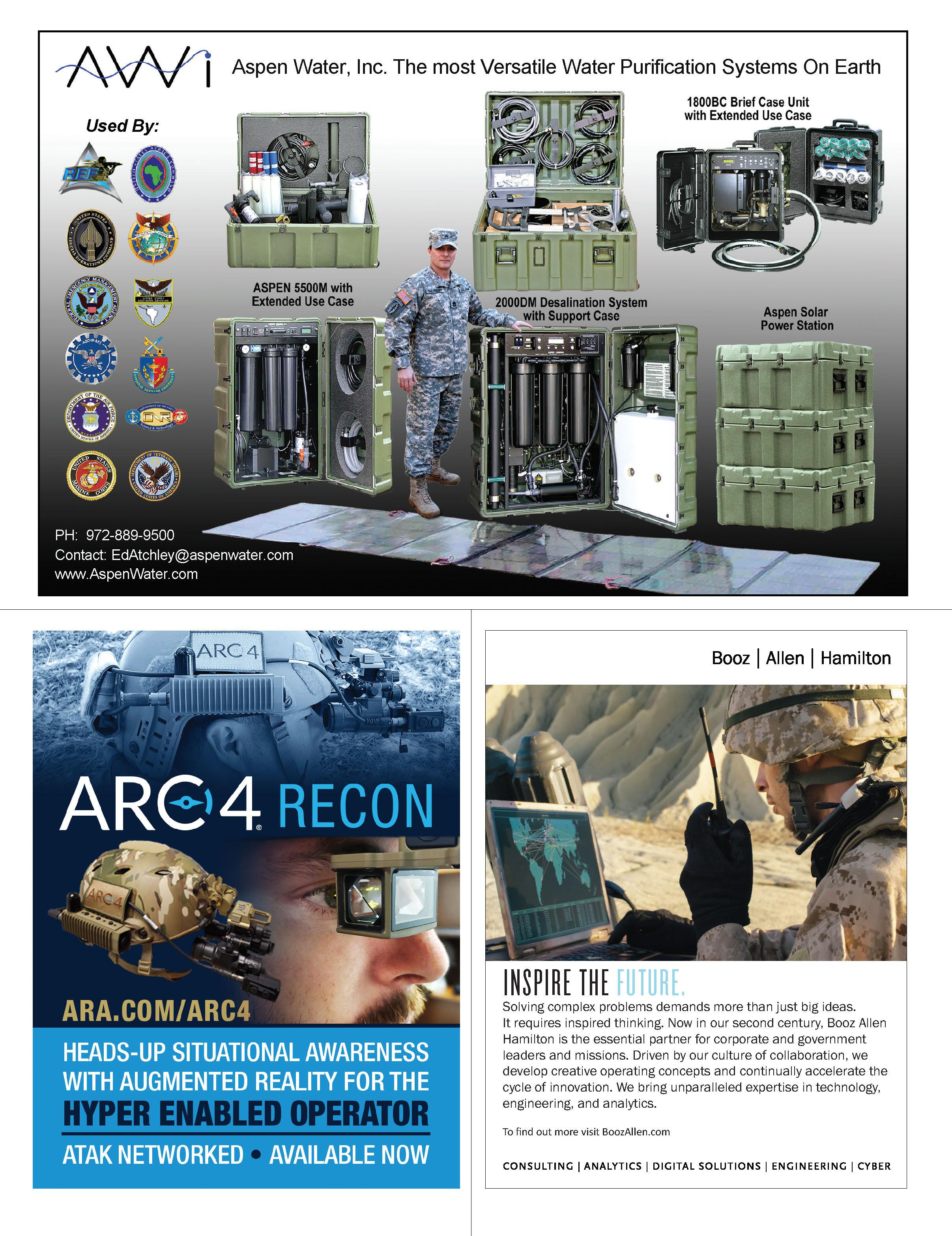
In parallel with acquisitions in these modernization areas, the guidance highlights the continuation of pathfinding and experimentation efforts.
“AFSOC will continue to ‘pathfind’ new operational concepts and technologies for the Air Force while aligning experimentation efforts with the SOF enterprise,” it states. “We will leverage the agility afforded by our small size, SOCOM’s unique requirements and resourcing systems, and the prudent tolerance for risk inherent in SOF while also taking advantage of the scale of Air Force research and development activities. Successful concepts and technologies will be integrated into AFSOC for specialized SOF missions and scaled up by the Air Force to provide the requisite mass to the joint force where applicable. The advantages of such a partnership will naturally accrue to SOCOM as the capabilities of AFSOC and the conventional Air Force evolve.”
Experimentation will also witness an acceleration of AFSOC efforts, with the commander’s guidance acknowledging the acceptance of “prudent levels of risk in doing so to enable our Airmen to experiment and learn, acknowledging that valuable advancement may endure significant initial failures or setbacks.
“The headquarters will break down administrative barriers to expedite winning concepts from the squadrons and quickly deliver the latest technology to Airmen,” it adds. “Our Airmen are natural problem solvers, and rapidly fielding the technologies they demand is vital headquarters work to ensure we move faster than our adversaries.”
TIME HORIZONS
In terms of timing, the new guidance aligns the commander’s focus areas across the U.S. National Military Strategy strategic time horizons.
For example, it notes that force employment efforts in the zeroto three-year time horizon will be designed to optimize C-VEO efforts in alignment with the National Defense Strategy and in conjunction with SOCOM and combatant commands.
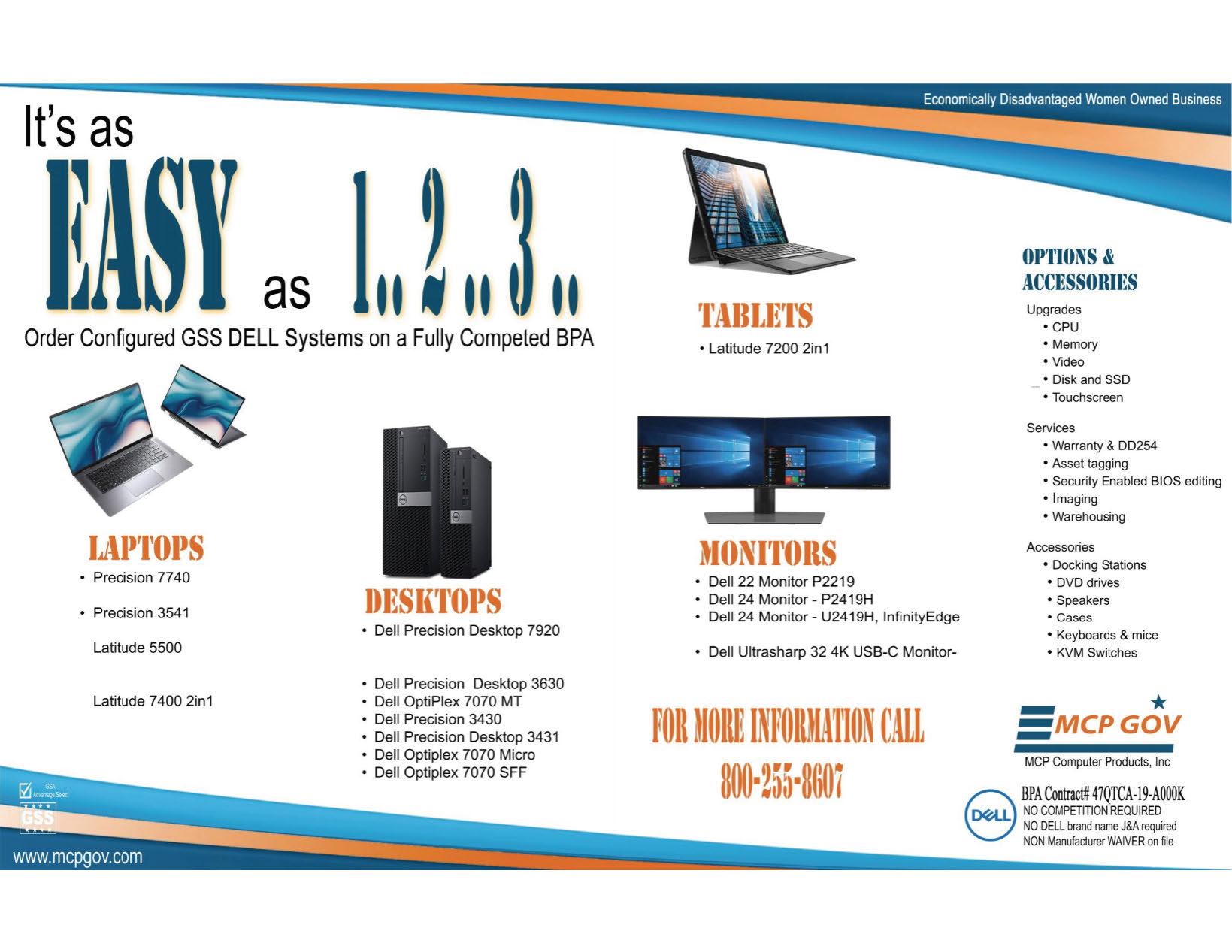
“We will organize, train, and equip with the force we have today to begin the transformation to the ‘AFSOC We Will Need,’” it states. “Force employment establishes the initial conditions for success and introduces initiatives that will improve the long-term health of the command.”
The same time horizon will witness development of human capital in areas like empowerment and accountability of NCOs and junior officers to lead in garrison and in combat through organizational constructs that push authority and responsibility down inside the squadrons, implementation of a deliberate process to educate, train, and validate AFSOC-generated command and control (C2) elements at echelon, and generation of squadron mission-oriented training plans, approved by group commanders and validated by wing commanders.
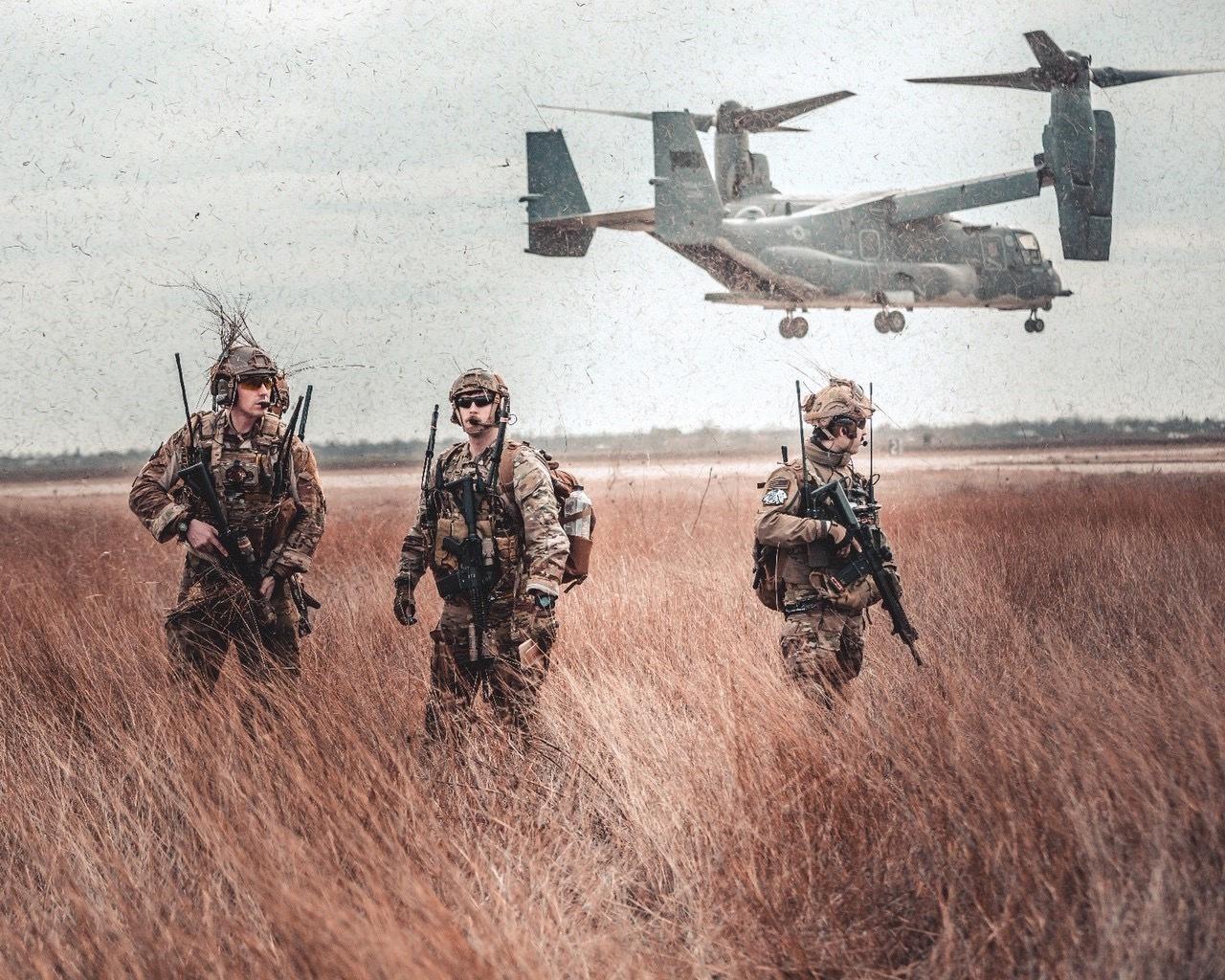
U.S. Air Force Special Tactics operators assigned to the 352nd Special Operations Wing (SOW) prepare to conduct a simulated medevac mission on March 2, 2020, near Constanta, Romania, using the 352nd SOW’s CV-22B Osprey. The training event was part of a larger special operations air-land integration (SOALI) exercise with Romanian and Polish SOF.
U.S. AIR FORCE PHOTO BY SENIOR AIRMAN XAVIER NAVARRO
Organizational changes in that same zero- to three-year time horizon will allow implementation of a force deploy-to-dwell time ratio of between 1:2.5 and 1:3.
Near-term equipping efforts will range from pathfinding concepts and technology through rapid development and experimentation to the full resourcing of “select units with information operations and cyber capabilities to discover the best practices of employing and integrating information operations and cyber operations in competitive activities.”
The three- to seven-year time horizon will focus on improvements to the current force to allow it to serve as “a bridge” to the force of the future.
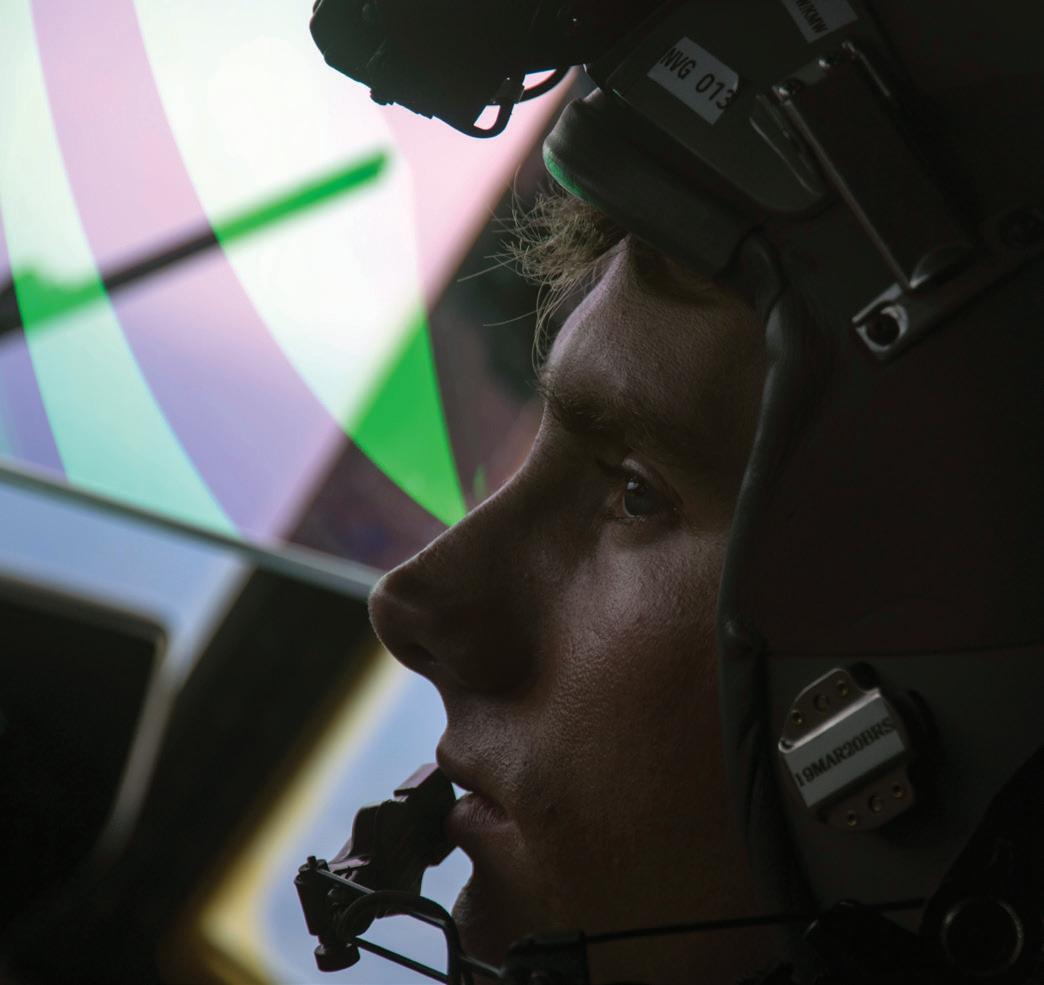
U.S. Air Force 1st Lt. Aaron Boudreau, 73rd Special Operations Squadron, goes through his flight procedures in an AC-130J Ghostrider assigned to Hurlburt Field, Florida, at Alpena Combat Readiness Training Center, Michigan, during Exercise Emerald Warrior 20.1, Jan. 22, 2020.
COURTESY PHOTO
Key developmental activities slated for this period range from creation of sub-developmental pathways and training plan implementation for core SOF officer and enlisted corps to manage, develop, and retain the human capital needed for the future operating environment to the placement and tracking of those officers and NCOs across the Air Force and joint force.
As previously outlined, this same period envisions the establishment and full resourcing of four CONUS squadrons “of virtually every capability type.”
Key equipping actions in this time horizon include divestment of programs, systems, and capabilities with uncertain value propositions or high cost-to-benefit ratios, investment in survivable strike, mobility, high-speed vertical lift, and ISR (intelligence, surveillance, and reconnaissance), fielding a cost-effective multirole armed overwatch platform, modernizing and scaling information operations and cyberspace best practices, implementation of an airborne cyber capacity, and integration of cyber defense at the unit level.
Finally, the five- to 15-year time horizon not only provides command vision, but brings the AFSOC Strategic Guidance into alignment with other SOCOM component plans, like Naval Special Warfare Command’s NSW 2030 and U.S. Army Special Operations Command’s USASOC 2035.
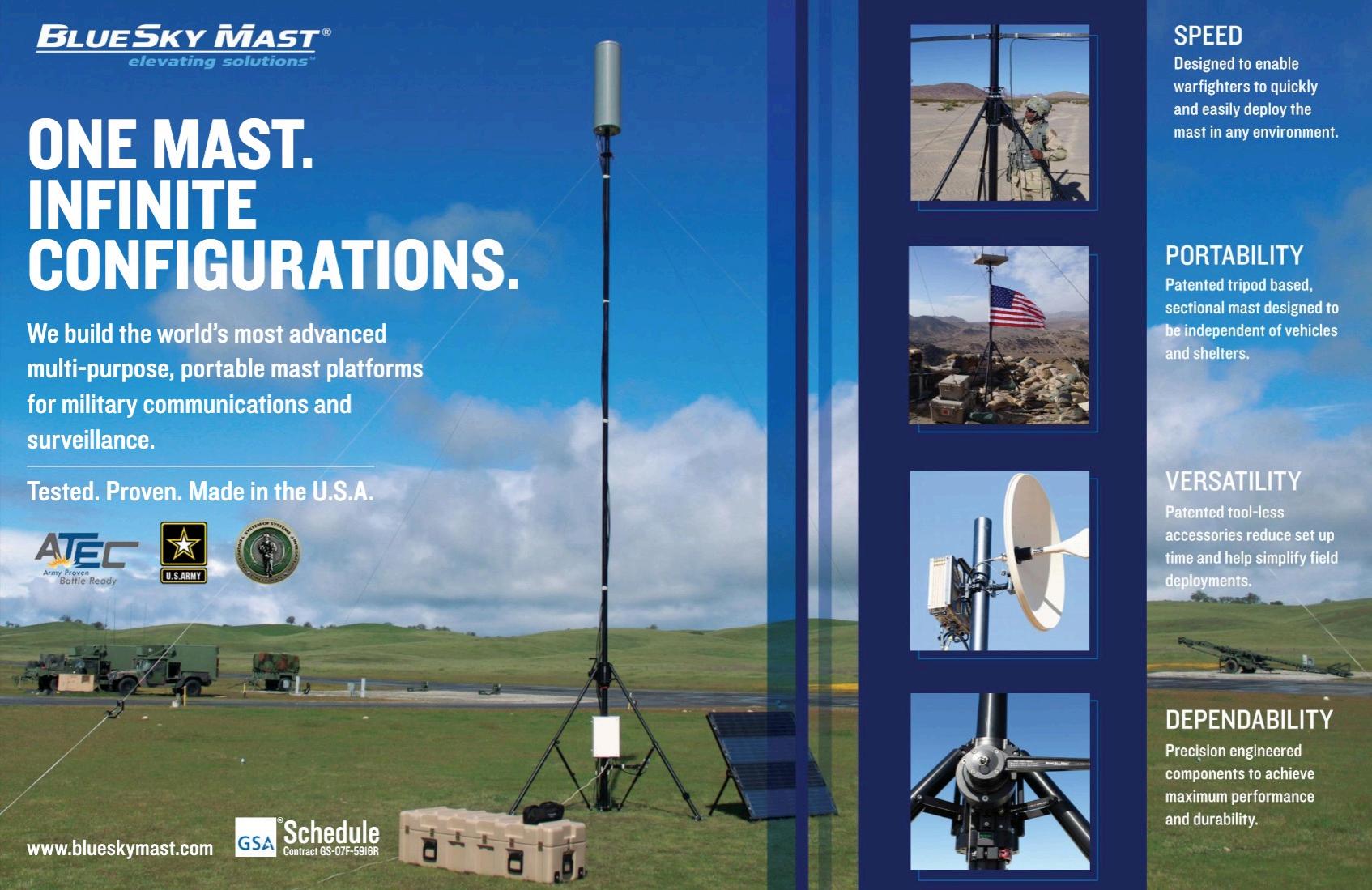
In this time frame, Slife’s vision includes the completion of “fundamental changes to our organization, human capital development, and equipment to transform the force and operate in novel and disruptive ways.”
Human capital development efforts during this period range from the placement of AFSOC leaders in key joint, combined, and interagency roles with the right training, education, experience, and institutional fluency necessary to lead at the O-6 echelon in the future operating environment to the completion of the alignment of aviation and special tactics communities at the appropriate echelons.
The focus of organizing that capital will be the fielding of “experimental units, devoid of Air Force Specialty Codes (AFSCs), organized to solve high-priority problems for the joint force.”
Finally, equipping that force will be highlighted by the employment of “automation, artificial intelligence, and other emerging technologies to realize efficiencies, maximize the return on our human capital, and gain the advantage over our adversaries.”
THE CHALLENGE
Reiterating that the strategic guidance charts a course to transform the command to the “AFSOC We Will Need” for tomorrow, the guidance asserts that AFSOC’s role is clear: “Our command will provide forces ready to generate advantage in competition, enable the joint force in conflict, and respond to crisis while remaining engaged in countering violent extremist organizations.”
It concludes: “We are AFSOC – together, we can do this.”










